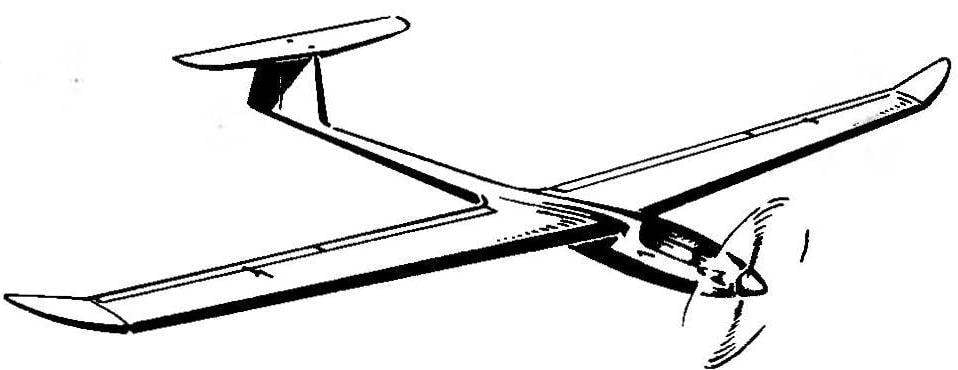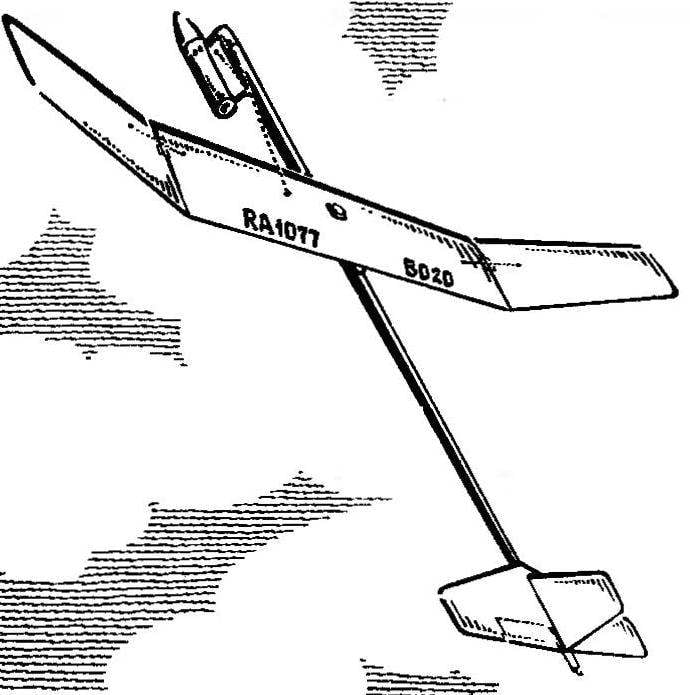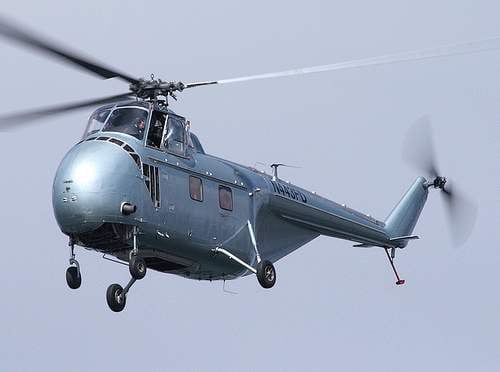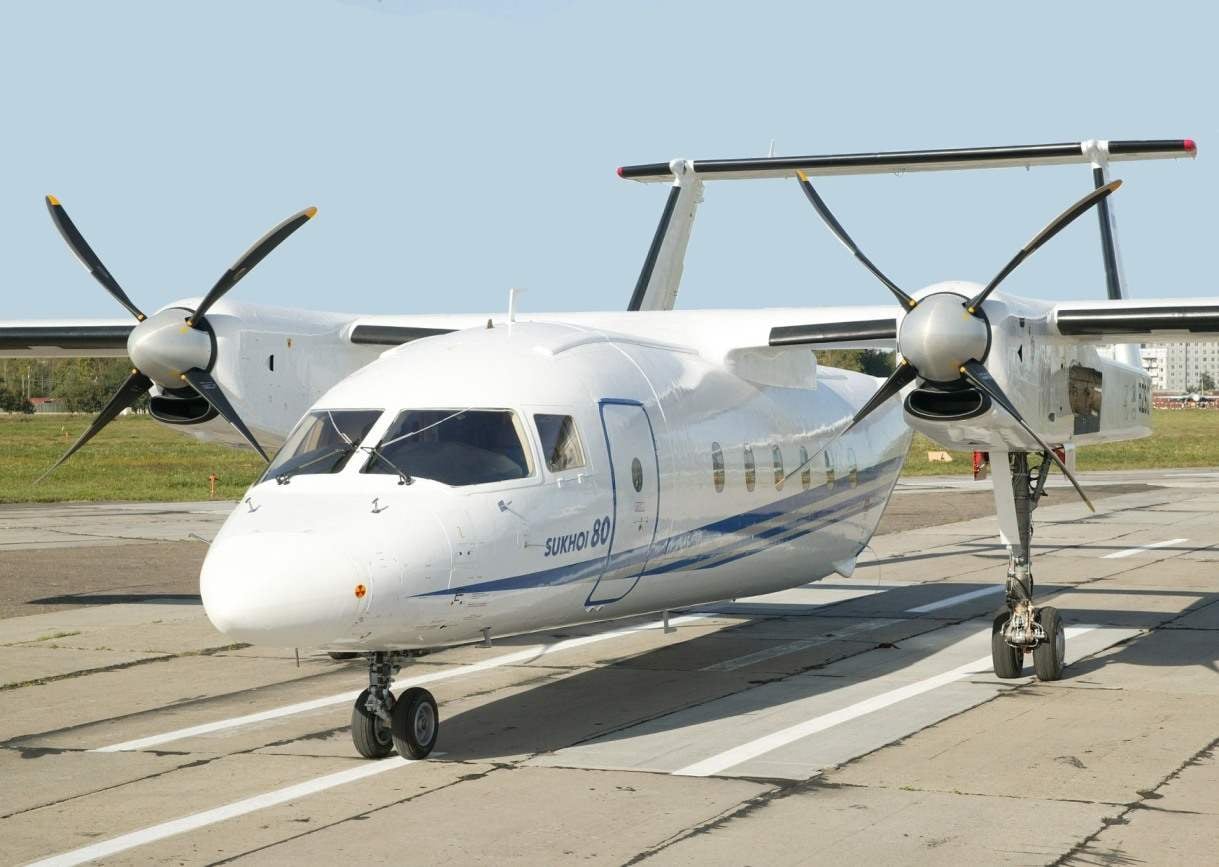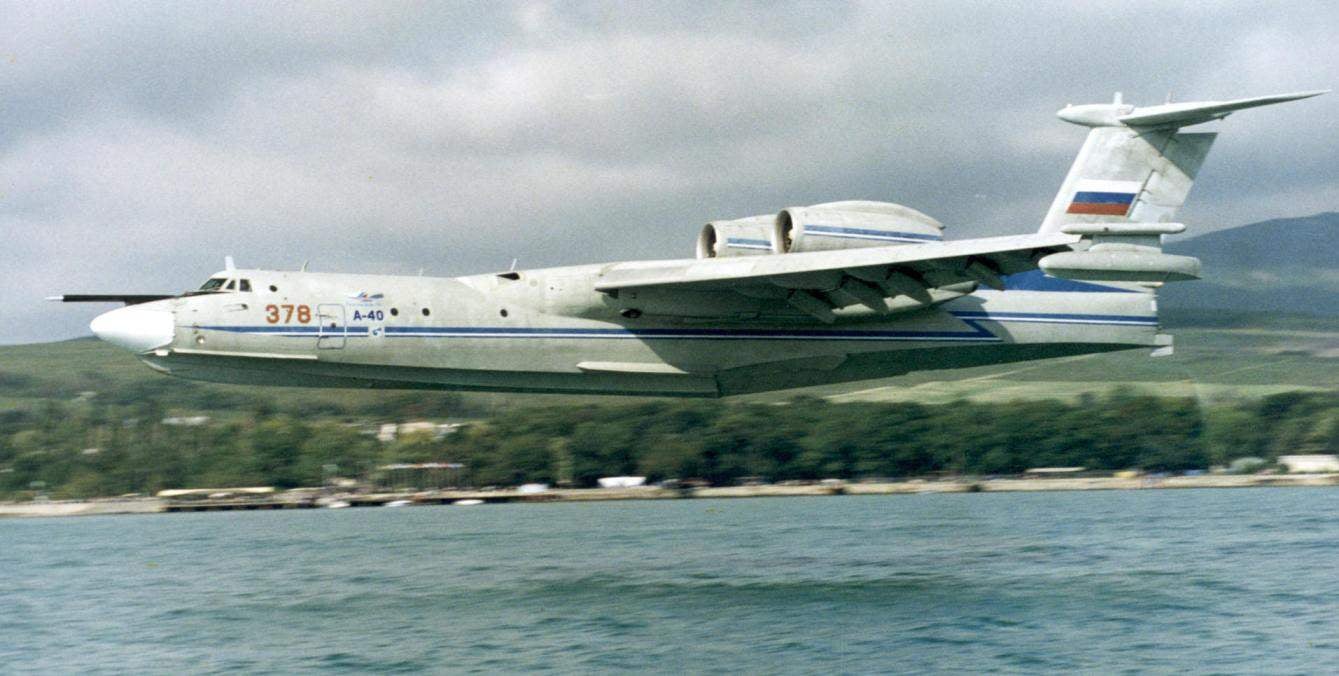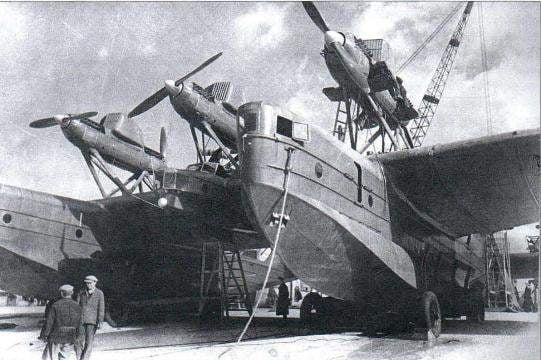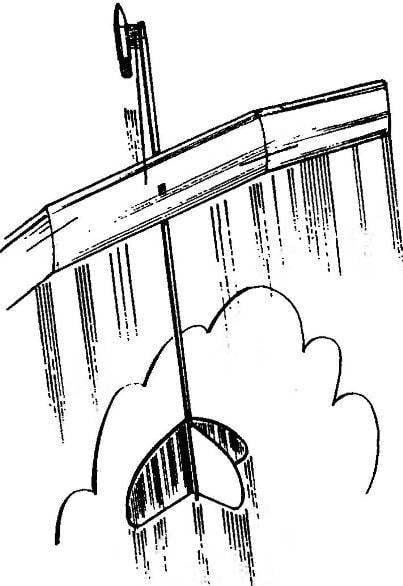 For more than six months of heavy fighting on land, at sea and in the air. The Soviet warriors and the creators of the weapons – designers of tanks, guns, ships and planes – accumulated front-line experience. Started in 1942…
For more than six months of heavy fighting on land, at sea and in the air. The Soviet warriors and the creators of the weapons – designers of tanks, guns, ships and planes – accumulated front-line experience. Started in 1942…
Aviation
ELECTRICS – THIS IS PROMISING

THE ROCKET PLANE, BRINGING PRIZES

Helicopter S-55 I. Sikorsky
 Helicopter S-55 Sikorsky Aircraft company, part of United Aircraft Corporation, was designed and built in the late 1940-ies, during the period of rapid progress in the global helicopter industry, becoming a significant success of its designer, Igor Sikorsky. By this time, the aircraft designers and military ceased to consider helicopters as merely exotic aircraft. Before them were staged combat missions of a wide range of: supplying troops in remote areas, landing, fight enemy submarines, aerial photography, rescue of crews of downed aircraft, setting smoke screens, laying communication lines, and aerial surveillance.
Helicopter S-55 Sikorsky Aircraft company, part of United Aircraft Corporation, was designed and built in the late 1940-ies, during the period of rapid progress in the global helicopter industry, becoming a significant success of its designer, Igor Sikorsky. By this time, the aircraft designers and military ceased to consider helicopters as merely exotic aircraft. Before them were staged combat missions of a wide range of: supplying troops in remote areas, landing, fight enemy submarines, aerial photography, rescue of crews of downed aircraft, setting smoke screens, laying communication lines, and aerial surveillance.
The UTILITY transport AIRCRAFT su-80GP
 The development of aircraft, initially under the designation C-80 OKB. Sukhoi started at the initiative of M. P. Simonov in the early 1990s in the framework of the conversion of the defense industry. Two years later, finally formed the shape of the aircraft as a high-performance vehicle intended for passenger and cargo transportation on domestic routes and is able to replace the outdated machines of similar purpose. The prototype C-80 with the turbo-propeller engine TVD-1500 was calculated to transport 24 passengers or 2500 kg of cargo. However, the domestic TVD the time is not ripe and had to rely on ST7-9V of the company “General electric” (USA). With them the plane could carry up to 26 passengers or 3,500 kg of cargo.
The development of aircraft, initially under the designation C-80 OKB. Sukhoi started at the initiative of M. P. Simonov in the early 1990s in the framework of the conversion of the defense industry. Two years later, finally formed the shape of the aircraft as a high-performance vehicle intended for passenger and cargo transportation on domestic routes and is able to replace the outdated machines of similar purpose. The prototype C-80 with the turbo-propeller engine TVD-1500 was calculated to transport 24 passengers or 2500 kg of cargo. However, the domestic TVD the time is not ripe and had to rely on ST7-9V of the company “General electric” (USA). With them the plane could carry up to 26 passengers or 3,500 kg of cargo.
MAN-MADE BIRD “ALBATROS”
 The peak of development of hydroaviation was in the middle of the 1930-ies. The main advantage of amphibians compared to ground vehicles, flying over extensive areas, it was considered a possibility to land on water surface in case of an emergency, even with waves up to five points. But as time went on. The reliability and service life of the aircraft led to the rapid displacement of the seaplane first with the airlines and then military aircraft. Operation of land planes was easier, and their weight returns payload, as well as a high aerodynamic efficiency has reduced the cost of commercial transportation. The development of the airfield network and other transport arteries, and the appearance of helicopters resulted in an almost complete elimination of the flying boat in commercial aviation. There was only a small segment of the lungs of amphibians, serving tourists and residents of remote, “forgotten God” corners of the Earth.
The peak of development of hydroaviation was in the middle of the 1930-ies. The main advantage of amphibians compared to ground vehicles, flying over extensive areas, it was considered a possibility to land on water surface in case of an emergency, even with waves up to five points. But as time went on. The reliability and service life of the aircraft led to the rapid displacement of the seaplane first with the airlines and then military aircraft. Operation of land planes was easier, and their weight returns payload, as well as a high aerodynamic efficiency has reduced the cost of commercial transportation. The development of the airfield network and other transport arteries, and the appearance of helicopters resulted in an almost complete elimination of the flying boat in commercial aviation. There was only a small segment of the lungs of amphibians, serving tourists and residents of remote, “forgotten God” corners of the Earth.
THE FIRST VERTICAL TAKE-OFF “SVERKHZVUKOVOM”
 In the mid-fifties of the last century the theme of vertical take-off aircraft excited the minds of the designers and the military in many countries. Was no exception and West Germany. After graduating in 1955, G. ban on the development and production of military aircraft of the German defense Ministry proposed to create a modern fighter-interceptor. Research conducted a year later, the firm “Heinkel” and “Messerschmitt”, showed that for a fighter with a high supersonic speed will require a new, extra-long runway.
In the mid-fifties of the last century the theme of vertical take-off aircraft excited the minds of the designers and the military in many countries. Was no exception and West Germany. After graduating in 1955, G. ban on the development and production of military aircraft of the German defense Ministry proposed to create a modern fighter-interceptor. Research conducted a year later, the firm “Heinkel” and “Messerschmitt”, showed that for a fighter with a high supersonic speed will require a new, extra-long runway.
REACTIVE “FRAME” DE-HAVILLAND
 This project began with specification E6/41, dated November 1941 In her Ministry of aviation industry of great Britain has offered the firm “de Havilland air craft company” to explore the issues of creating a jet fighter and engine for it. By that time, the company proactively developed an experimental twin-boom DH’s car.99. It was a single-engine monoplane of all-metal construction with a tricycle landing gear with nose wheel. The development of the engine in April 1941 did the firm “Halford”, headed by Frank Halford, simplifying the design of the turbojet engine with centrifugal compressor and through the location of the combustion chamber between the compressor and the turbine.
This project began with specification E6/41, dated November 1941 In her Ministry of aviation industry of great Britain has offered the firm “de Havilland air craft company” to explore the issues of creating a jet fighter and engine for it. By that time, the company proactively developed an experimental twin-boom DH’s car.99. It was a single-engine monoplane of all-metal construction with a tricycle landing gear with nose wheel. The development of the engine in April 1941 did the firm “Halford”, headed by Frank Halford, simplifying the design of the turbojet engine with centrifugal compressor and through the location of the combustion chamber between the compressor and the turbine.
“ALBATROSS” OF THE 1930S
 The weakness of the Navy of the USSR in the prewar years, tried to compensate by creating flying cruisers – multi-engined and heavily armed seaplane, able to deal with both surface and underwater ships, ground targets, and engage in mine production. As a result, in July 1931, the air force issued TSAGI reference for the development of seaplane MK-1 (ANT-22) with a lifting capacity of six tons. The plane had to fly at a speed of 300 km/h and have a radius of 1000 km. the Defensive armament was raised from four to five machine guns and two or three guns.
The weakness of the Navy of the USSR in the prewar years, tried to compensate by creating flying cruisers – multi-engined and heavily armed seaplane, able to deal with both surface and underwater ships, ground targets, and engage in mine production. As a result, in July 1931, the air force issued TSAGI reference for the development of seaplane MK-1 (ANT-22) with a lifting capacity of six tons. The plane had to fly at a speed of 300 km/h and have a radius of 1000 km. the Defensive armament was raised from four to five machine guns and two or three guns.
SIBERIAN ROCKET


